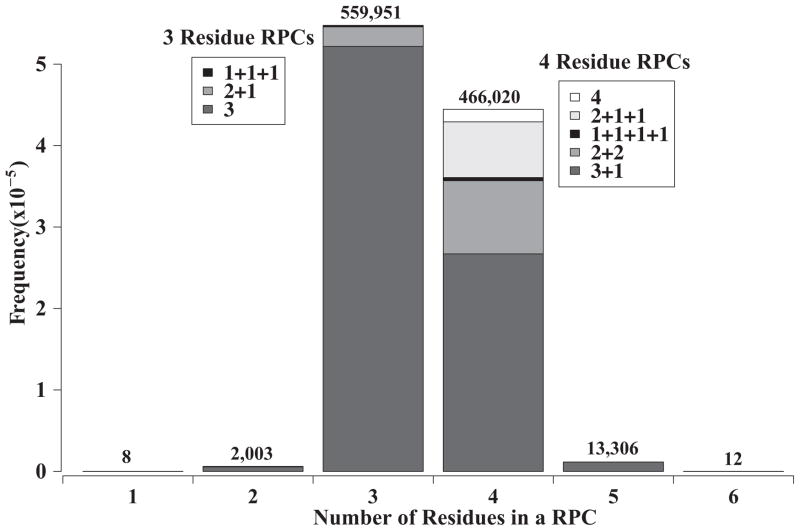Figure 1. Distribution of Relative Packing Cliques (RPCs).
A histrogram divides the 1,041,300 α-helix RPCs into the six classes based on the number of residues involved in the clique. Values on top of each column indicate the number of members. The two most prevalent clique sizes are 3 and 4 residues that represent ~99% RPCs and are further sub-divided based on the number of secondary structural elements contributing to the RPC. For nomenclature, a “+” between numbers indicate the residues are separated on different α-helices, and no “+” means all the residues reside on the same α-helix. Numbers in parentheses are the percentage of the counts for that class. The 3 residue RPCs fall into three major classes: 3 – all residues from a single α-helix (96.9%), 2+1 – the residues split between two α-helices (2.8%), and 1+1+1 – three residues from three separate α-helices (0.3%). RPC class designated as 3 has three subclasses which include ‘2:1’ (97.9%) – the most dominant motif forming a socket, ‘3’ (2.0%) and ‘:3’ (< 0.1%). Similarly, 4 residue RPCs are grouped into 5 major classes: 4 – all four residues from the same helix (3.7%), 3+1 and 2+2 – the residues split between two α-helices (60.9% and 19.8%, respectively), 2+1+1 – the residues from three α-helices (14.8%), and 1+1+1+1 – all four residues from four separate α-helices (0.8%). The RPCs of the type ‘3+1’ is classified further as; ‘2:1+1’ (98.7%) – the most prevalent knob-socket interaction motif between two helices, and two other rarely fond patterns are ‘3+1’ (0.5%), and ‘:3+1’ (0.8%).

